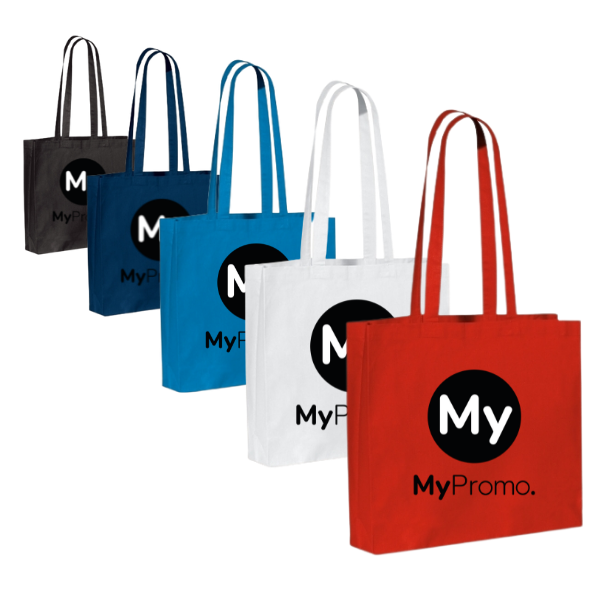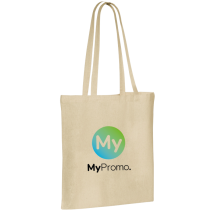Puff print
What is Puff Print?
Puff print is a distinctive printing technique that adds texture and dimension to printed materials. This method is particularly valued in the promotional products industry because it can make logos and designs literally "pop" off the product, capturing attention and enhancing the tactile experience. Historically, puff print has been used in the fashion industry to create unique, eye-catching designs on apparel, and it has gradually spread to other sectors as an innovative way to make promotional items stand out.
The Process of Creating Puff Print
The process to create a puff print effect is quite fascinating and involves a few critical steps. Initially, a special puff ink is prepared, which contains a heat-reactive foaming agent. This ink is then applied to the print material—commonly fabric—using traditional screen printing techniques. After application, the printed item is heated. As it heats, the puff ink reacts and expands, rising above the surface to form a raised, textured finish that is both visible and tangible.
Essential Tools and Materials for Puff Printing
Achieving a successful puff print requires several specific tools and materials. The process starts with a screen printing press that applies the puff ink to the chosen substrate. Puff ink, which is a specialized ink formulated with chemicals that expand when heated, is essential for creating the desired three-dimensional effect. A heat source, typically a heat press or a tunnel dryer, is used to activate the puffing process. The substrate, often textiles, plays a crucial role, although puff printing can be adapted for use on various other materials as well. These components are crucial for the effective application of puff print, each contributing to the final textured and raised appearance of the printed item.
Common Applications and Notable Examples
Puff print is widely employed for embellishing apparel like personalized t-shirts, personalized hoodies, and personalized hats. It is also increasingly used on promotional items such as koozies, bags, and other fabric-based products. The three-dimensional appearance of puff print makes it an excellent choice for brands looking to make their promotional merchandise visually engaging and memorable.
Advantages of Using Puff Print
The use of puff print offers a variety of advantages. Firstly, it enhances both the visual and tactile appeal of printed materials, as the raised texture captures attention by sight and touch. It also brings versatility to printing, being suitable for a broad range of materials, particularly textiles. Moreover, puff print is known for its durability, as the finish is long-lasting and typically withstands frequent washing and wear. Finally, it represents a creative alternative to traditional flat prints, providing an innovative solution for those looking to make a distinctive impact with their printed materials.
Comparison with Other Print Techniques
Unlike standard screen printing that lays flat, puff print provides a three-dimensional look that adds a unique tactile element to printed items. Compared to digital printing, puff print offers a texture that cannot be achieved through any other digital means, standing out for its physical quality.
Challenges and Limitations
While puff print is an excellent technique, it comes with challenges. The precision in ink formulation and curing temperature needs to be exact, as variations can lead to less than desirable results. Additionally, puff ink is thicker and more expensive than regular inks, which can increase the overall cost of production.
What is puff print used for?
Puff print is used to add a raised, textured finish to printed materials, commonly used in apparel and promotional items.
How does puff print differ from regular printing?
Puff print includes a heat-reactive agent that expands during curing, creating a three-dimensional effect unlike flat regular printing.
Can puff print be used on any fabric?
Puff print works best on cotton and polyester fabrics but can be adapted for other types as well.
Is puff print durable?
Yes, puff print is durable and can withstand washing and wear if properly cured.
What are the limitations of puff print?
The main limitations are the need for precise heat settings, the higher cost of puff inks, and potential issues with uniformity on large print runs.







